Notes Review
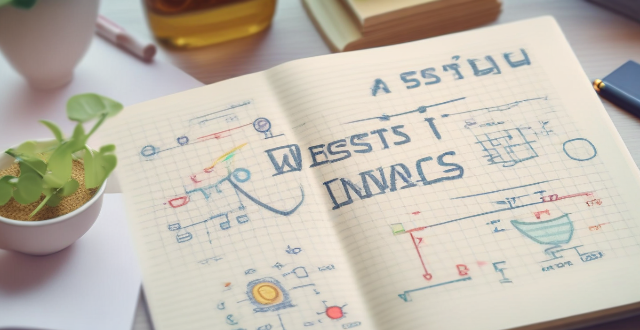
What is the best way to review and revise my notes before an exam ?
The best way to review and revise notes before an exam involves organizing your notes, using active learning techniques such as self-testing and teaching others, employing spaced repetition for better retention, mixing up study methods, maintaining good health through sleep and nutrition, and conducting a final review closer to the exam date. Consistent and continuous study habits are crucial for success.

How often should I revisit and update my notes ?
Revisiting and updating your notes is a crucial learning process that helps reinforce information, identify areas needing attention, and keep notes relevant and organized. Immediately after class or meeting, review key points, fill in gaps, and organize the information. Within 24-48 hours, consolidate learning, connect ideas, and identify questions. Weekly reviews should summarize concepts, integrate with other subjects, and reflect on understanding. Monthly reviews aid long-term retention, update notes, and prepare for assessments. Before major assessments, do a comprehensive review, practice application, and create study aids. Ongoing maintenance includes cleanup, indexing/categorizing, and digital backup. The frequency of revisiting and updating notes depends on subject complexity, learning goals, and deadlines.

What are some strategies for taking effective notes during history classes ?
Strategies for taking effective notes during history classes include preparation, active listening, organization, key terms and concepts, visual aids, summarizing, and review and revise. Preparation involves having necessary materials and reviewing assigned readings. Active listening requires focusing on the instructor's words and connecting them with the readings. Organization means using a consistent format for notes, such as bullet points or outlines. Key terms and concepts should be written down, and visual aids like diagrams or timelines can help visualize information. Summarizing main points after each class reinforces understanding, and regular review and revision of notes can improve retention.
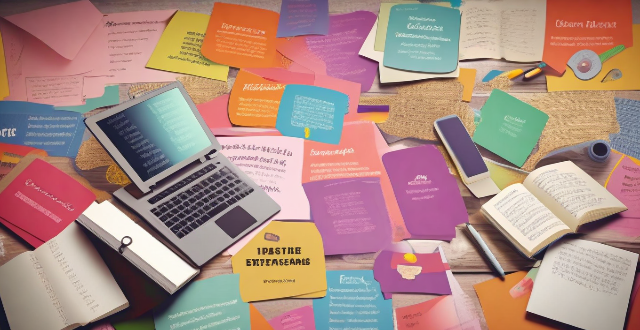
What are some creative ways to make studying from notes more engaging ?
The article discusses various strategies to make note-based learning more engaging and effective. The suggested approaches include interactive notebooks, active review techniques, digital integration, engaging activities, and regular revision schedules. Interactive notebooks involve color coding, diagrams, and margin notes for visual appeal and memory retention. Active review techniques such as teach it back, flashcards, and summarization help in understanding and recalling concepts better. Digital integration tools like note-taking apps, Quizlet, and online collaboration platforms aid in organizing and sharing notes. Engaging activities like role-playing, debates, and gamification elements promote kinesthetic learning and discussions. Regular revision schedules with spaced repetition, review tracking, and reflection time ensure long-term memory retention. By incorporating these strategies, studying from notes becomes a dynamic and engaging process that enhances both understanding and retention of the material.
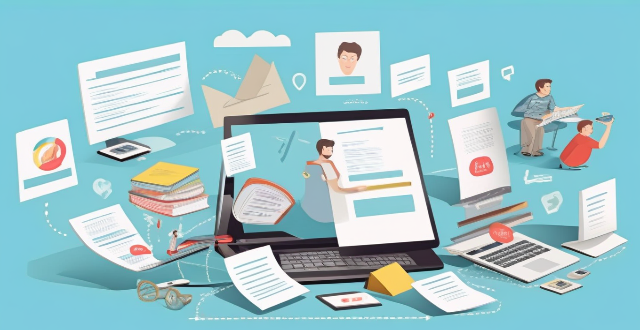
What is the best way to take notes in class ?
The article offers advice on effective note-taking during classes, emphasizing the importance of choosing a method (notebook or laptop), organizing notes with clear structure, focusing on key concepts, using visual aids, reviewing and revising notes, asking questions, and collaborating with classmates. These strategies are crucial for retaining information and understanding lecture content, ultimately contributing to academic success.
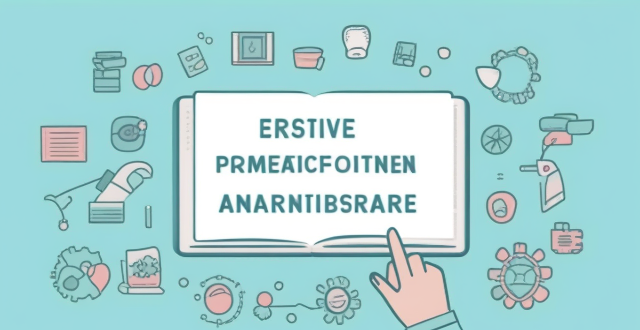
What are the best ways to take notes during a lecture or class ?
The given text provides a detailed guide on how to take effective notes during a lecture or class. It emphasizes the importance of active listening, organizing one's notebook, using shorthand and abbreviations, focusing on key ideas, utilizing visual aids, reviewing notes, collaborating with peers, and leveraging technology for note-taking. The strategies aim to enhance learning and retention by capturing essential information efficiently.
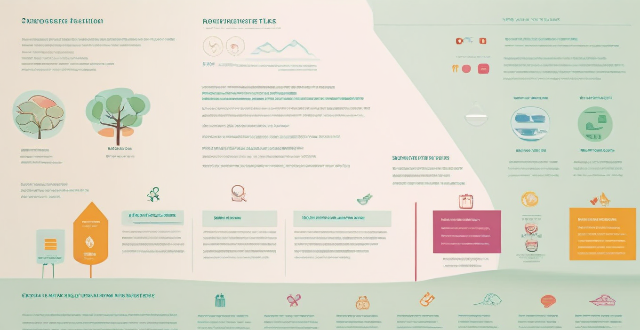
How do I organize my notes for better understanding and retention ?
This comprehensive guide outlines effective strategies for organizing notes to improve understanding and retention. It emphasizes the importance of a consistent format, color-coding, personalizing notes, incorporating visual aids, regular review and revision, integrating real-world examples, maintaining cleanliness and organization, and leveraging technology. By adopting these practices, individuals can enhance their learning experience and retain information more effectively.

How can I avoid information overload when taking notes ?
When taking notes, it's easy to become overwhelmed by the sheer volume of information. However, there are strategies you can employ to avoid information overload and ensure that your note-taking is effective and efficient. Here are some tips: 1. Prioritize Information: Determine what information is most important and relevant to your needs. Focus on key concepts, main ideas, and supporting details that are directly related to your goals or assignment requirements. This will help you filter out extraneous information and prevent you from feeling overwhelmed. 2. Use a Systematic Approach: Develop a consistent system for organizing your notes. This could involve using headings, subheadings, bullet points, or numbered lists to break down information into manageable chunks. By doing so, you'll be able to quickly identify and locate specific pieces of information later on. 3. Take Breaks and Review: Taking regular breaks while studying or attending lectures can help reduce cognitive fatigue and improve focus. During these breaks, review your notes briefly to reinforce key concepts and identify areas that may need further clarification or elaboration. 4. Summarize and Paraphrase: Instead of trying to capture every word verbatim, summarize or paraphrase key points in your own words. This not only helps with retention but also encourages active learning as you process the information more deeply. 5. Use Visual Aids: Incorporating diagrams, charts, or other visual aids into your notes can help simplify complex information and make it easier to understand and remember. These tools can also serve as helpful reminders when reviewing your notes later on. By implementing these strategies, you can effectively manage the amount of information you encounter during note-taking sessions and avoid feeling overwhelmed or stressed out. Remember, the goal is not to capture every detail but rather to distill key concepts and retain them for future reference.

Is there a specific format or structure that works best for taking notes ?
Taking effective notes requires finding a format or structure that suits your learning style, subject matter, and personal preferences. Popular note-taking methods include the Cornell Method, the Outline Method, the Mind Map Method, and the Sentence Method. The Cornell Method encourages active learning by prompting you to think about the material as you take notes, while the Outline Method helps you see the big picture and understand how different concepts relate to each other. The Mind Map Method encourages creativity and helps you see connections between different ideas, while the Sentence Method encourages deep thinking and understanding of the material. It's important to experiment with different methods and find the one that works best for you in order to improve your retention, organization, and productivity.

What are the best methods for taking notes in class ?
The text provides a comprehensive overview of four effective methods for taking notes in class, namely the Cornell Method, Outlining Method, Mind Mapping Method, and Sentence Method. The Cornell Method involves dividing your paper into three sections to organize your notes, while the Outlining Method uses headings and subheadings to create a hierarchical structure. The Mind Mapping Method is a visual technique that involves creating a diagram of connected ideas, and the Sentence Method involves taking notes in complete sentences to better understand and retain information. Each method has its own unique steps and benefits, making it important for students to choose the one that works best for them.

Are there any specific techniques to boost understanding during lectures or presentations ?
Boosting Understanding During Lectures or Presentations Active listening techniques, visual aids, questioning strategies, participation and interaction, and review and reinforcement are all methods to improve understanding during lectures or presentations. Engaging with the material, taking selective notes, using diagrams and illustrations, asking questions, joining group discussions, and reviewing notes promptly can all help enhance comprehension and make it easier to retain and apply the information later on.

How can I improve my note-taking skills during lectures ?
Note-taking is a crucial skill for students, especially during lectures. It helps you retain information, organize your thoughts, and review the material later. Here are some tips on how to improve your note-taking skills during lectures: ## Use the Right Tools ### Choose the Right Notebook or Device - **Spiral-bound notebooks** are great for taking notes because they stay open and flat. - **Digital devices** like laptops or tablets can be useful, but make sure they don't distract you from the lecture. ### Use Appropriate Pens or Pencils - **Pens with comfortable grips** reduce hand fatigue and allow you to write for longer periods. - **Mechanical pencils** don't need to be sharpened and provide consistent line width. ## Develop Effective Techniques ### Practice Active Listening - **Focus on the speaker** and avoid distractions. - **Listen for main ideas** and key terms. ### Use Abbreviations and Symbols - **Create a list of common abbreviations** that you can use consistently. - **Use symbols** like arrows, stars, or underlines to highlight important points. ### Organize Your Notes - **Write headings and subheadings** to separate different topics. - **Use bullet points or numbered lists** to organize information. ## Review and Refine Your Notes ### Review Your Notes Soon After the Lecture - **Rewrite or type up your notes** within 24 hours to reinforce learning. - **Identify any gaps** in your understanding and seek clarification. ### Refine Your Notes Over Time - **Combine your notes with those of classmates** to get a more comprehensive understanding. - **Revise your notes** periodically to ensure they remain organized and relevant.
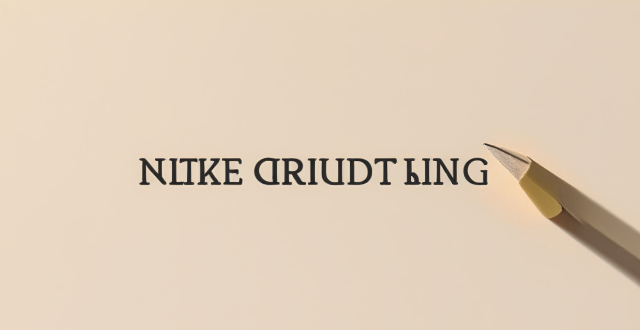
How can I make efficient notes for revision purposes ?
Efficient note-taking is crucial for revision and studying. Use the Cornell Method, highlight key information, use abbreviations and symbols, organize your notes, and review them regularly to improve retention and prepare for exams.

What settings do I need to change to ensure seamless syncing of my Apple Notes across all my devices ?
Ensure seamless syncing of Apple Notes across devices by verifying iCloud account, enabling iCloud sync for Notes, updating software versions, checking network connection, avoiding conflicting changes, using same region and language settings, troubleshooting with iCloud website, and contacting Apple Support if needed.

What makes a product review credible and trustworthy ?
Product reviews play a crucial role in purchasing decisions by offering insights into performance, quality, and satisfaction. Not all reviews are equal; some are more credible and trustworthy. A credible review is detailed, unbiased, authentic, timely, visually supported, comparative, from a verified purchaser, and free from ulterior motives. Looking for these elements in reviews helps consumers make informed decisions.
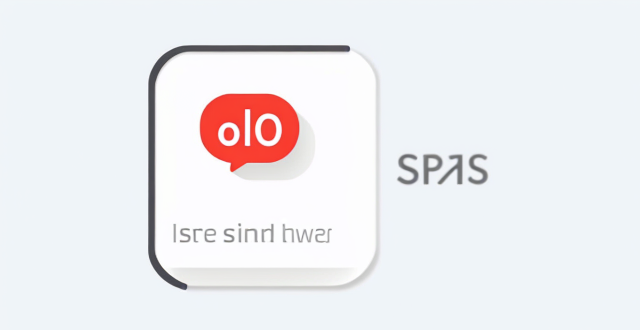
How do I rate and review apps on the App Store ?
Rating and reviewing apps on the App Store is crucial for developers and users. Here's how to do it: open the App Store, find the app, tap on it, go to the Reviews tab, write your review, rate the app, and submit your feedback. This helps improve apps and informs other users.
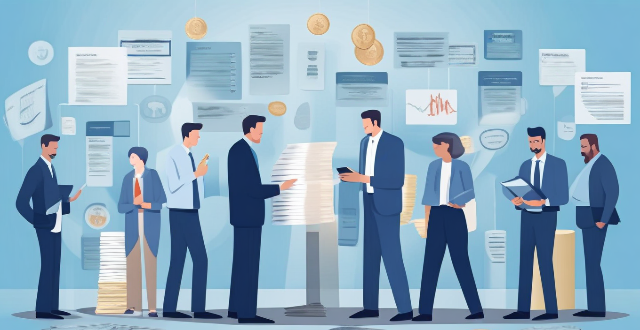
How often should a business review its credit management policies ?
The frequency of reviewing your credit management policies will depend on various factors specific to your business. However, by conducting regular reviews and staying vigilant about potential issues, you can help ensure that your policies remain effective and aligned with your business goals.
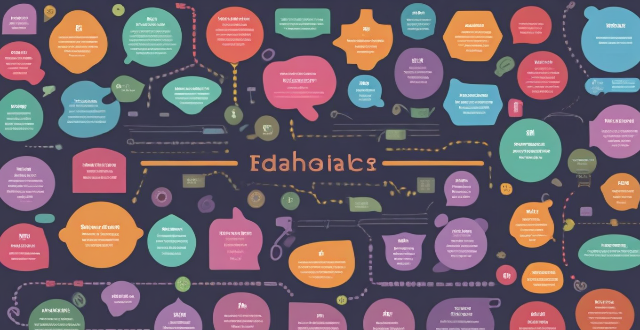
How often should I review and adjust my budget ?
Regular budget reviews are essential for maintaining financial health, helping to align spending with evolving goals, adjust for unexpected expenses, and account for inflation. Conduct monthly, quarterly, and annual reviews to monitor cash flow, analyze spending patterns, and make necessary adjustments. Focus on income vs. expenses, debt management, savings goals, emergency funds, subscription services, and bill negotiation. After each review, adjust spending, increase savings, revisit goals, improve cash flow, and seek professional advice as needed.

Are there any independent review sites that rate online shopping platforms ?
This article discusses the importance of independent review sites in evaluating online shopping platforms. It explains what independent review sites are, the benefits of using them, and provides examples of such sites. The article concludes that these sites play a crucial role in helping consumers make informed decisions about which online shopping platforms to use by providing unbiased information and comparative analysis.

How often should I review and adjust my tax planning strategy ?
Tax planning is an ongoing process that requires regular review and adjustment to ensure that you are taking advantage of all available tax breaks and staying in compliance with the law. Here are some factors to consider when determining how often to review and adjust your tax planning strategy: - Major life changes such as marriage, divorce, having a child, buying or selling a home, starting or closing a business, or retirement should prompt a review of your tax planning strategy. - Changes in tax laws can significantly impact your tax liability, so it's important to stay up-to-date on any changes and review your strategy accordingly. - Even if nothing significant has changed in your life or the tax laws, it's a good idea to review your tax planning strategy at least once a year. - For businesses or individuals with complex tax situations, quarterly reviews may be beneficial to stay on top of any changes in income or expenses and make adjustments throughout the year to minimize tax liability.
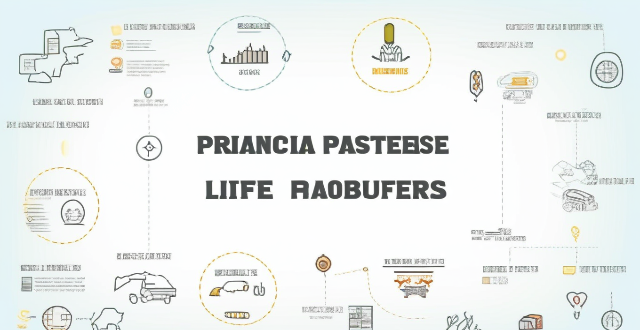
How often should I review and update my estate plan ?
Estate planning is crucial for managing assets post-demise. It requires regular updates due to life changes, laws, and preferences. Major life events necessitate immediate attention. Annual reviews ensure documents are current and reflect personal relationship changes. Every three to five years, review to accommodate tax law changes and reassess beneficiaries. Law changes may also prompt updates. Regular reviews ensure your estate plan aligns with life's dynamics.

What role does social media play in product review dissemination ?
The article discusses the significant role of social media in product review dissemination. It highlights the concept of "social proof" where people trust and adopt a product seeing others using it and sharing positive reviews. Social media platforms provide a platform for users to share their experiences with products, both good and bad, which can greatly influence potential customers' purchasing decisions. User-generated content (UGC) is a powerful tool for brands looking to promote their products. By encouraging customers to share their experiences with a product on social media, brands can leverage the power of social proof to attract new customers. Influencer marketing is another way that social media affects product review dissemination. Brands partner with influencers who have large followings on social media platforms to promote their products. Online reviews have become an essential part of the purchasing process for many consumers. Social media platforms provide a space for users to share their thoughts and opinions about products, allowing potential customers to make informed decisions before making a purchase. The trustworthiness, variety of opinions, and timeliness of online reviews greatly impact a consumer's decision to purchase a product or not. In conclusion, social media plays a crucial role in product review dissemination by providing a platform for users to share their experiences with products, promoting user-generated content and influencer marketing, and facilitating the sharing of online reviews.

How often should I review and update my insurance coverage ?
Insurance coverage is a vital part of financial planning, and it's essential to ensure that policies are up-to-date and reflect current needs. Here's a guide on how often to review and update insurance coverage: 1. **Life Events**: Review coverage during significant life events like marriage, divorce, having children, buying a home, retirement, or job changes. 2. **Annual Check-ups**: Even without major life events, annual reviews help ensure coverage sufficiency, competitive rates, and accurate policy details. 3. **Quarterly Check-ins**: These can aid in monitoring premium payments and understanding policy updates or regulatory changes. 4. **Monthly Reminders**: Set reminders to monitor claims processing, check for discounts, and update emergency contact information. By staying proactive and informed about insurance policies, individuals can ensure they have the right coverage for their evolving needs.

How often should I review and update my knowledge framework to ensure it remains relevant and accurate ?
To ensure your knowledge framework remains relevant and accurate, review and update it regularly. The frequency depends on factors like the rate of change in your field, learning goals, and the amount of new information encountered. General guidelines include weekly reviews, monthly updates, quarterly assessments, and annual overhauls. Tips for effective review and update include setting aside dedicated time, being open to change, using organizational tools, and seeking feedback.

How often should I review my study plan to ensure its effectiveness ?
To ensure the effectiveness of your study plan, it's crucial to review it regularly. Weekly reviews help assess progress, adjust timelines, identify challenges, celebrate successes, and make necessary changes. Monthly reviews involve evaluating overall goals, reflecting on learning style, considering external factors, setting new goals, and updating the plan. Quarterly reviews analyze long-term progress, revisit motivation, assess habits and routines, seek feedback, and create a new plan. Being flexible and open to making changes is key.

What are the benefits of using a digital tool for note-taking ?
The article discusses the advantages of using digital tools for note-taking, which include increased efficiency, improved learning and retention, environmental benefits, and collaboration opportunities. Digital notes can be taken quickly, organized easily, searched efficiently, and accessed from anywhere. They also offer visual aids, audio recordings, linking capabilities, and review options that enhance learning and retention. Additionally, digital note-taking reduces paper waste, energy consumption, and physical storage needs, contributing to a more sustainable environment. Finally, digital tools facilitate collaboration by allowing note sharing, real-time editing, version control, and feedback mechanisms. Overall, digital note-taking is an optimal choice for students, professionals, and anyone looking to optimize their note-taking experience.

How often should safety signs be reviewed and updated in a facility ?
Safety signs should be reviewed annually and updated immediately when necessary to maintain a safe environment in a facility.

What are some effective study techniques for college students ?
**Effective Study Techniques for College Students:** College students can improve their academic performance by adopting effective study techniques. These include creating a study schedule, finding a suitable study environment, using active learning strategies, breaking information into chunks, practicing retrieval and review, staying organized, collaborating with peers, maintaining a healthy lifestyle, and seeking help when needed. Consistency, minimizing distractions, engaging with the material, chunking information, quizzing oneself, spaced repetition, utilizing note-taking systems and digital tools, participating in study groups, getting enough sleep and exercise, and leveraging academic support services are all crucial elements of successful studying. It's important to experiment and find out which methods work best for individual needs.
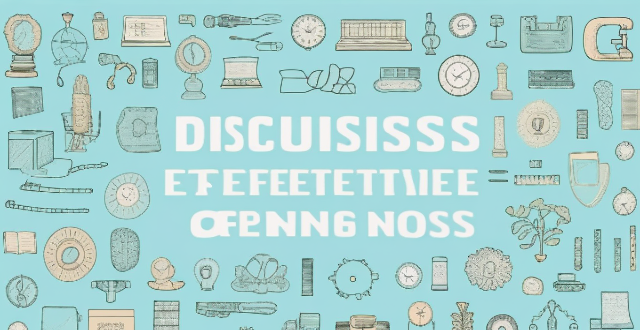
What are the most effective note-taking methods for students ?
The text discusses five effective note-taking methods for students, including the Cornell Method, Mind Mapping, Outlining, Sentence Method, and Charting. Each method has its own advantages and disadvantages, and may be more suitable for certain types of classes or subjects. The text emphasizes the importance of active learning and engagement with the material in order to retain information and review notes efficiently.
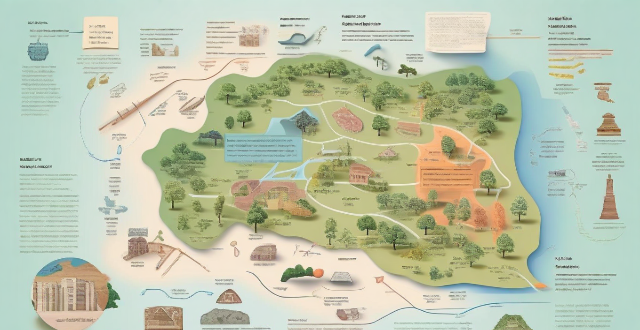
How can mind maps be used to enhance note-taking and organization ?
Mind maps are an effective tool for organizing information, enhancing memory recall, and improving note-taking. They offer a visual representation of complex ideas, making it easier to understand and remember them. Mind maps can be used in various ways, such as organizing information, enhancing memory recall, and improving note-taking. They utilize visual associations, hierarchical structures, and flexibility to aid in understanding, remembering, and applying complex information in different contexts. Examples of using mind maps include studying, project planning, brainstorming, and taking meeting notes.